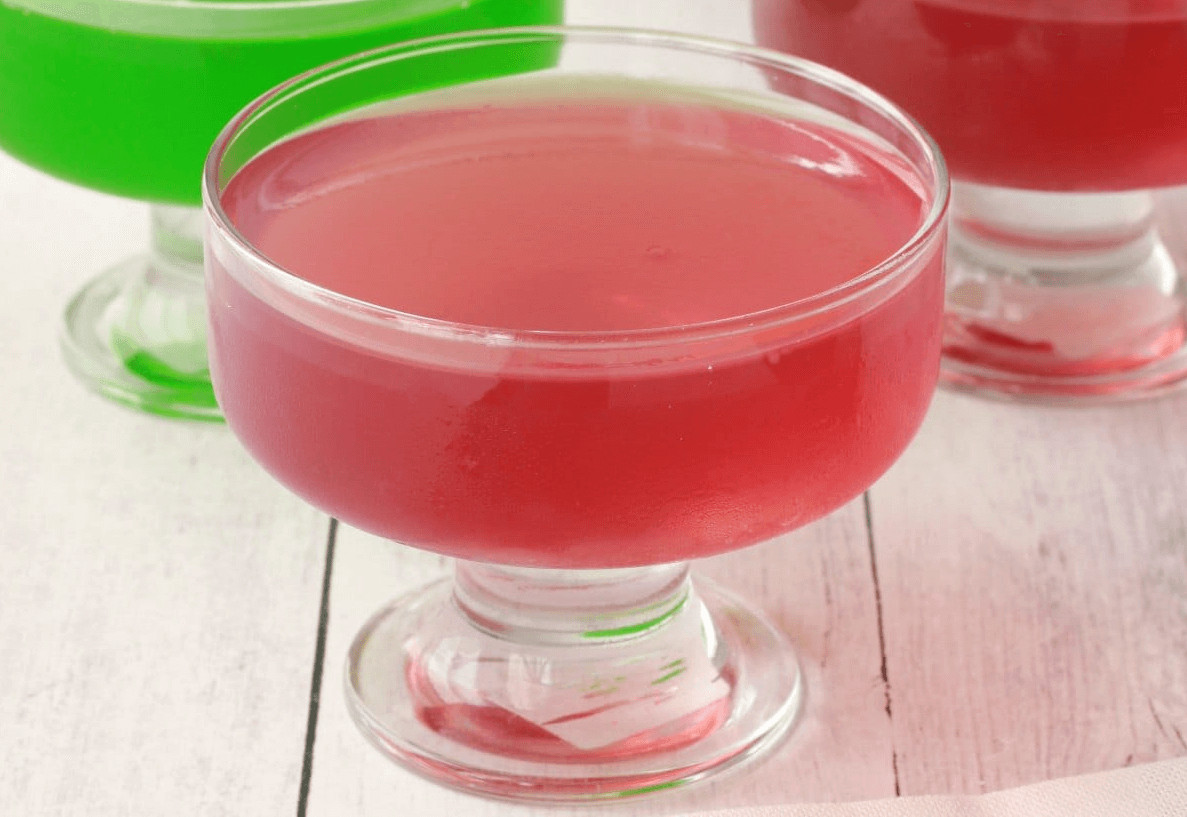
To put a fine point on it, no, gelatin is not vegetarian or vegan.

It’s what creates the chewy texture in conventional marshmallows, gummy candies, Jell-o desserts, and more. This is done through by eating a diet rich in vitamin C, zinc, and copper, or supplementing to fill the gaps.įrom an industrial standpoint, gelatin has been an essential building block of many processed foods for its unique gelling and binding properties. Gelatin is derived from collagen, which is high in protein, giving it a “health halo,” although most consumers don’t realize that ingesting collagen isn’t even remotely as effective as building it yourself. The most common animals used for gelatin include pigs, cows, and even horses. You can make gelatin from almost any mammals (including humans, although luckily we’ve escaped that fate). That’s why you’ll often find gelatin plants located near slaughterhouses. So…what is gelatin made from? A byproduct of industrial meat processing, gelatin is made from various animal parts, including bones, hooves, skin, tendons, ligaments, and connective tissue. Before you stock up on powders, granules, and gelatin sheets, you should know that there’s more to gelatin than meets the eye. This cheap and abundant particularly unpleasant source of protein has found its way into candy, household products, and even cosmetics recent years. Luckily there are several vegan gelatin alternatives today! Because of gelatin, most jello, marshmallows, and gummy bears are off the table for vegetarians and vegans.
#Vegan gelatin skin
But did you know that gelatin is made from animal skin and bones? It’s not only non-vegan, but it’s not even vegetarian. What’s tasteless, colorless, transparent when cooked, and hidden in everything from protein shakes to gummy candies? The answer is gelatin.


 0 kommentar(er)
0 kommentar(er)
